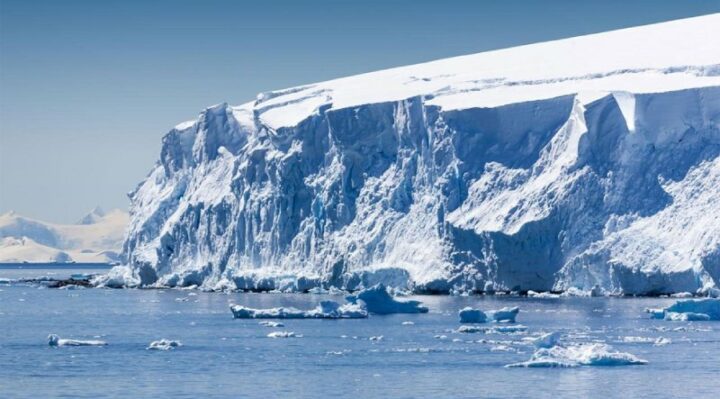
A recent study found that the “doomsday glacier” in Antarctica, so named because of its potential to significantly increase global sea levels, is melting more quickly than previously believed due to warmer sea water passing beneath it.
The Thwaites Glacier may be melting “much faster” than previously thought, according to a study done by researchers headed by glaciologists from the University of California, Irvine (UCI) and published on Monday in the Proceedings of the National Academy of Sciences.
With its massive amount of ice and the potential for sea levels to rise by more than two feet (65 cm) over hundreds of years if it melts completely, the Florida-sized glacier that confronts the Amundsen Sea has earned the moniker “doomsday glacier.”
Thwaites is located on the western side of Antarctica, east of the Antarctic Peninsula, which used to be the region of greatest concern to scientists.
Which of the top 15 fastest-growing cities in America do you call home?
Experts have been concerned for years about the Thwaites Glacier’s potential demise, whether it be from melting by ocean water below, the glacier splitting apart or unmooring from the seafloor, or a combination of these three scenarios.
The scientists discovered that the glacier looked to be elevating several centimeters as compressed tide water traveled beneath the glacier across many miles, deeper inland than previously believed, using satellites and a technology called radar interferometry to measure changes in surface elevation.
Lead author and UCI professor Eric Rignot stated, “There are places where the water is almost at the pressure of the overlying ice, so just a little more pressure is needed to push up the ice.” After then, “the water is sufficiently compressed to lift a column of more than half a mile of ice.”
The study noted that the “rapid, past, and present changes in ice sheet mass and the slower changes replicated by ice sheet models” may be explained by warmer seawater seeping beneath the glacier. It also added that pressurized seawater will cause a “vigorous melt” that will put the glacier in even greater danger.
According to co-author Christine Dow, a professor at the Faculty of Environment at the University of Waterloo in Ontario, Canada, “Thwaites is the most unstable place in the Antarctic and contains the equivalent of 60 centimeters of sea level rise.” “The worry is that we are underestimating the speed that the glacier is changing, which would be devastating for coastal communities around the world.”
Although the amount of time until the damage caused by ocean water to the glacier is irreparable is yet unknown, Dow expressed hope that the discovery will result in more precise models.
The Thwaites Glacier won’t completely melt for many decades, not millennia, Rignot informed reporters. “Part of the answer also depends on whether our climate keeps getting warmer or not, which depends completely on us and how we manage the planet.”



